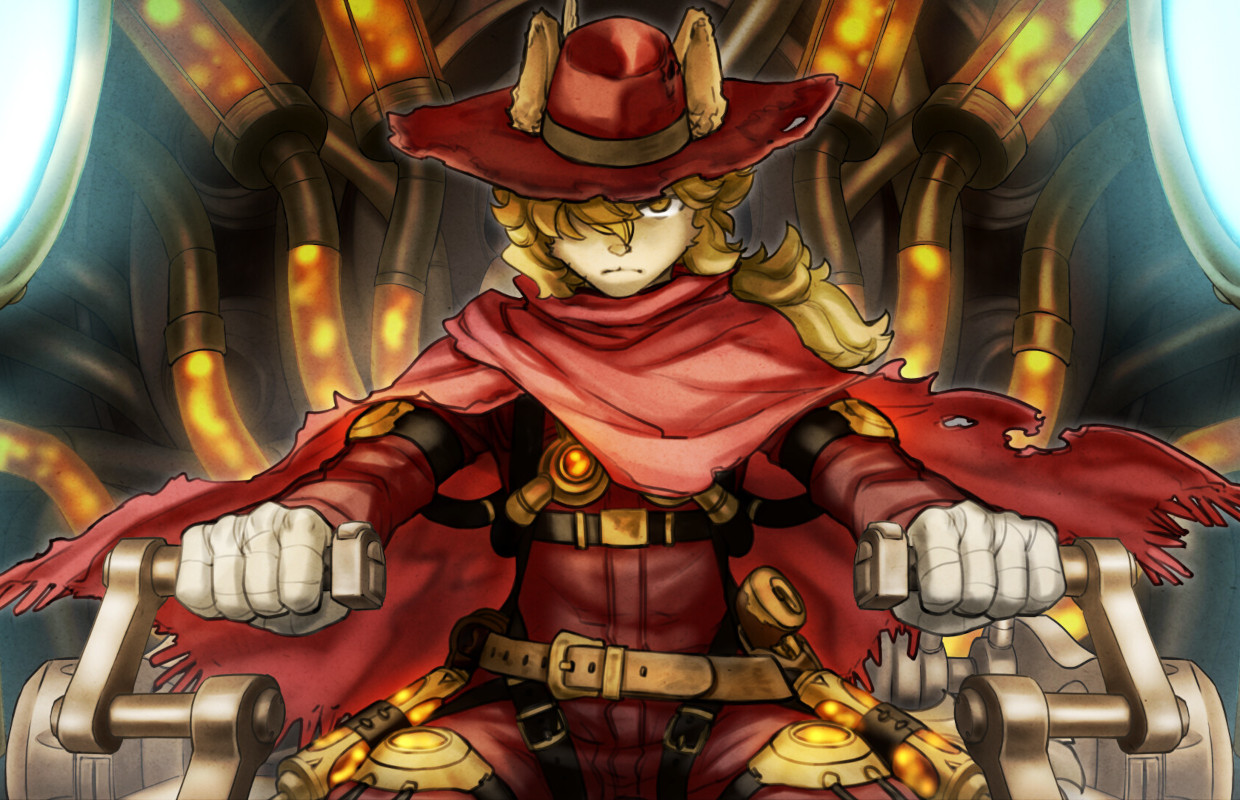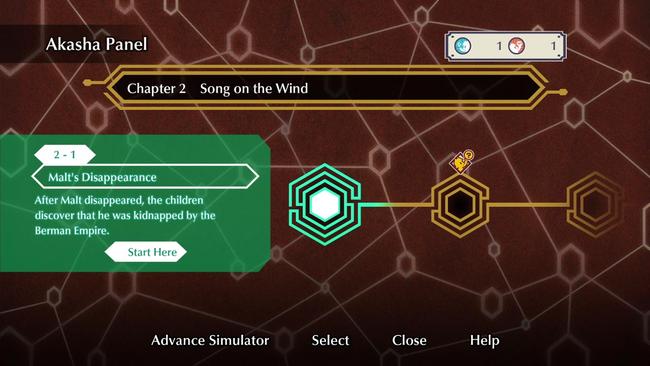
I adore the Little Tail Bronx series, but when Fuga: Melodies of Steel 3 was announced, a tiny bit of apprehension surfaced. Despite my enthusiasm for the original game, its sequel, Fuga: Melodies of Steel 2, was notoriously similar to its predecessor. While this repetition was acceptable at the time, I couldn’t help but worry that the same pattern would repeat in Fuga 3. My concerns have proven to be valid. If you haven’t read my reviews on Fuga and Fuga 2, I won’t delve too deeply into returning features to avoid repetition.
If you’ve experienced either of the initial Fuga series, you’re familiar with the gameplay style. The game is structured into 12 chapters, where a group of twelve kids journey together along a roadmap, encountering various fork paths that require strategic decisions regarding risk versus reward. In combat, enemies possess unique vulnerabilities based on the different types of weapons each child can utilize. Many adversaries will sport armor, making it more effective to gradually weaken them using abilities or limited-use items. Throughout the game, players will occasionally reach intermission points where they must decide how best to spend their time nurturing relationships among the kids, strengthening resources, and enhancing their tank. These elements remain consistent with the earlier versions of the game.

If you’ve dabbled in either of the previous versions, Fuga 3 might seem strikingly familiar. There are novel elements introduced, but many are merely aesthetic adjustments. For instance, the Taranis now has the ability to fly, yet this doesn’t affect gameplay at all. Dialogue options from Fuga 2 resurface, serving a different purpose this time: they’re now utilized to unlock Assist Characters instead of Leader Skills. These characters can be employed for a unique attack that also provides a temporary effect without consuming a turn when the gauge is full. In terms of gameplay mechanics, these Assist Characters represent the most substantial change. Moreover, chaining attacks that exploit enemy weaknesses now fills a combo gauge, boosting the potency of certain skills. To keep the system engaging, as you progress through the game, specific enemy weaknesses can only be unveiled once others have been depleted.
During breaks in gameplay, you can dispatch your party members’ and support characters’ digital counterparts to gather virtual coins. These coins can later be utilized for procuring new items, Taranis enhancements, or tunes to play on the new Jukebox, enabling you to customize the background music during intermissions. The improvements made to the Taranis are intriguing initially, but soon transform into primarily stat boosts, with only a handful of early ones unlocking abilities that can be employed at specific locations on the map, replicating actions from Fuga 2.
As a gamer diving into Fuga 3, I can’t help but notice the strong foundation built by its predecessors, Fuga 1 and 2. However, it’s surprising how little the gameplay feel has evolved. It seems more like an enhancement of what was established earlier rather than a complete overhaul.
What leaves me a bit underwhelmed are some aspects of the game that CyberConnect2 teased as significant improvements. For instance, the array of distinct endings that players can uncover in Fuga 3. Despite the hype, these endings don’t quite deliver the impact I was expecting.
In Fuga 1 and 2, there were essentially two distinct conclusions – a Normal Ending and a True Ending, with the latter requiring players to maintain a friendly relationship among the crew members. However, this is no longer necessary in Fuga 3 as the narrative now unfolds based on your decisions. Unlike before, these choices are not complex character interactions but rather life-or-death scenarios. For instance, whether all characters make it to the end of the game or if some perish during certain chapters where the “Mega Soul Cannon” might be activated. Instead of a branching narrative, these additional endings seem more like tedious tasks, as many players will likely replay specific fights from the timeline after their initial game completion.

In Fuga 2, the feature that caused a character to be forced into the Soul Cannon without player control when they reached a specific HP threshold during boss battles felt out of sync with the new tools introduced in Fuga 3. Although the forced countdown was annoying in Fuga 2, players had an option called the “Diet” Soul Cannon that wouldn’t result in a child’s death as a last resort. However, in Fuga 3, this “Diet” Soul Cannon is absent, leaving players with no alternative when faced with the forced Soul Cannon. As players can easily reload the same fights after their initial clear and Fast Mode is available, these frustrations seem pointless and aimless compared to other games in the series.
As a die-hard fan, I can’t help but feel disappointed in my journey through Fuga 3. The lack of direction isn’t just confined to the boss battles or repetitive gameplay; it seems like Fuga 3 has chosen to disregard the narrative of its predecessor, Fuga 2, in many ways beyond mere passing references. My beloved character, Vanilla, who was once a crucial member of the crew, is now reduced to an Assist Character. The events of Fuga 2 are mentioned casually, but they hold no significance in relation to Fuga 1’s storyline. In fact, the game appears to reference only Fuga 1 as if Fuga 2 had never transpired. This, combined with a noticeably poorer English localization, has left me feeling that the story was half-heartedly executed.
Given the natural progression of events from the end of Fuga 1 to later titles like Little Tail Bronx, it’s disconcerting to now view Fuga 2 as little more than filler, and Fuga 3 as spectacle for its own sake. It’s difficult not to question whether one or both of Fuga’s sequels were necessary at all. In fact, I would go so far as to suggest that anyone new to the series might be better off skipping Fuga 2 entirely – despite my initial enjoyment of it.
Despite Fuga 3 being an exceptional game, one can’t help but ponder the purpose behind it all. Fuga, with its bold and concentrated delivery, was followed by Fuga 2, which seemed to offer a similarly compact experience that built upon the gameplay familiarity players had developed. However, Fuga 3, in its endeavor to broaden its horizon, appears to fall short of the mark. Instead of serving as a fulfilling finale to the trilogy, it seems more like an encore after the performance’s grand finale had already taken place years ago.
7
Versions tested: PC (Steam)
Read More
- Who Is Harley Wallace? The Heartbreaking Truth Behind Bring Her Back’s Dedication
- 50 Ankle Break & Score Sound ID Codes for Basketball Zero
- 50 Goal Sound ID Codes for Blue Lock Rivals
- KPop Demon Hunters: Real Ages Revealed?!
- 100 Most-Watched TV Series of 2024-25 Across Streaming, Broadcast and Cable: ‘Squid Game’ Leads This Season’s Rankers
- Elden Ring Nightreign Enhanced Boss Arrives in Surprise Update
- Ultimate AI Limit Beginner’s Guide [Best Stats, Gear, Weapons & More]
- Lottery apologizes after thousands mistakenly told they won millions
- Mirren Star Legends Tier List [Global Release] (May 2025)
- How to play Delta Force Black Hawk Down campaign solo. Single player Explained
2025-06-02 02:56